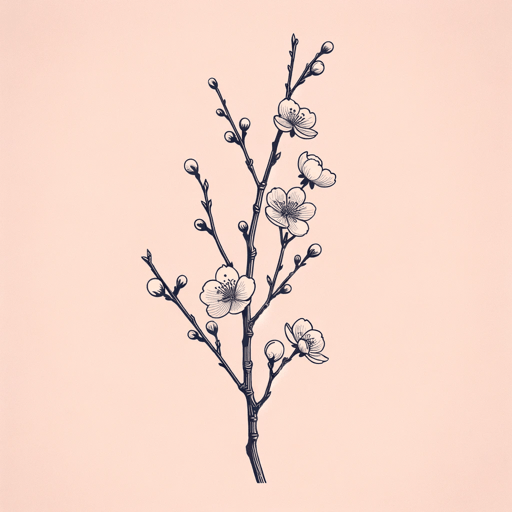47 pages • 1 hour read
Natsume SōsekiKokoro
Fiction | Novel | Adult | Published in 1914A modern alternative to SparkNotes and CliffsNotes, SuperSummary offers high-quality Study Guides with detailed chapter summaries and analysis of major themes, characters, and more.
Themes
The City and the Countryside
Kokoro explores the contrast between the rural and the urban communities in Japan during the last days of the Meiji Restoration. Characters transition between contrasting rural and urban environments to the point where the city and the countryside exist almost as separate countries. The countryside depicted in the novel is slow-paced, isolated, and centered around small communities. Contrastingly, the city (primarily Tokyo) is a bustling, energetic place occupied by students and iconoclasts. Everything in the city is connected and available, while the crowds are so populous that characters can lose themselves in a way that they never could in a small rural town. For the narrator, this contrast evidently favors the city. The city represents an education, a social world, and an ambition to be more than just a person from a small town. To the narrator, the city is a symbol of everything that he cannot have in his hometown, and the contrast between the city and the countryside constantly occupies his mind and motivates his actions.
A key element of the thematic contrast between the city and the countryside is the transition from one world to another. This action is repeated numerous times in various directions, but always with Tokyo as a nexus.


